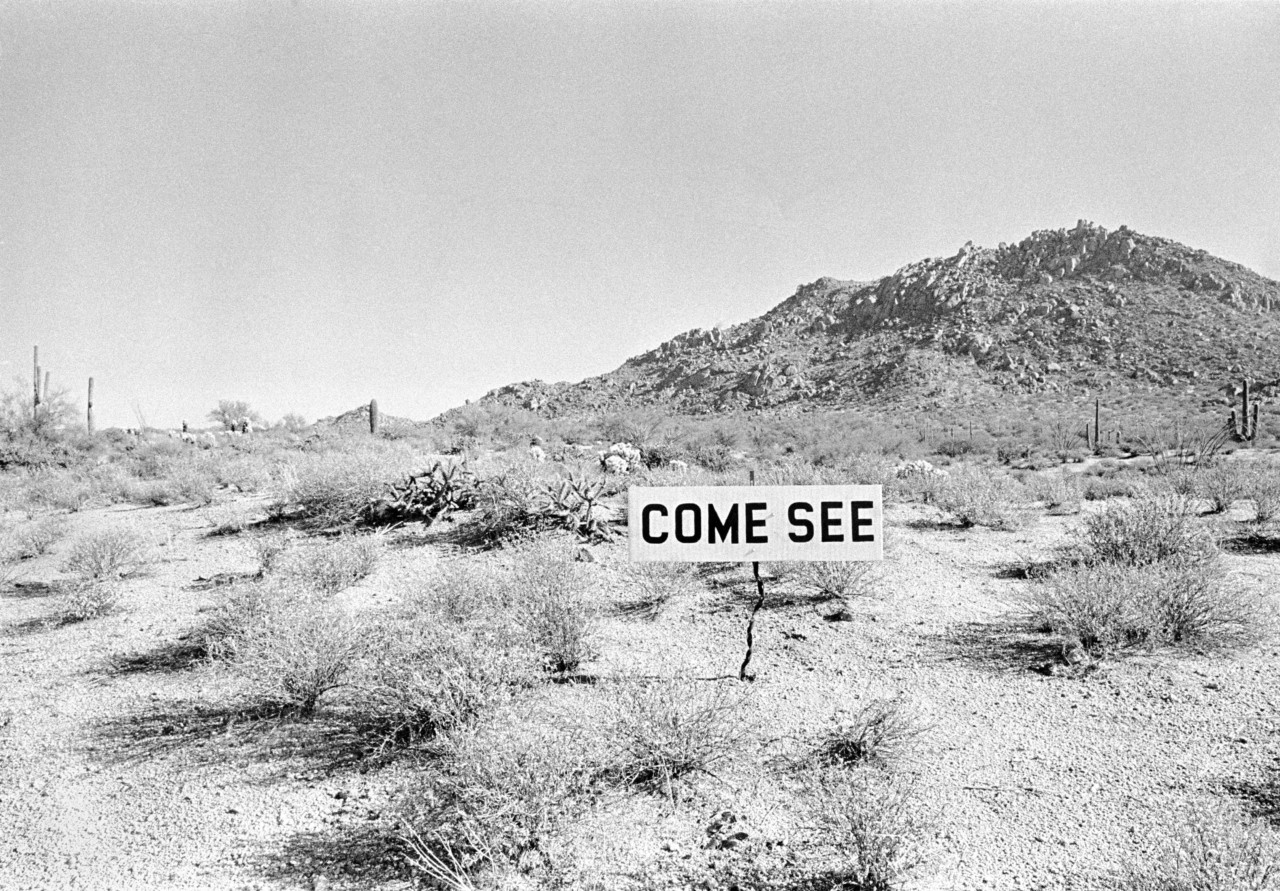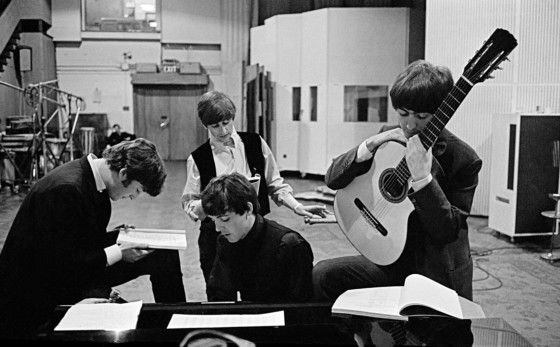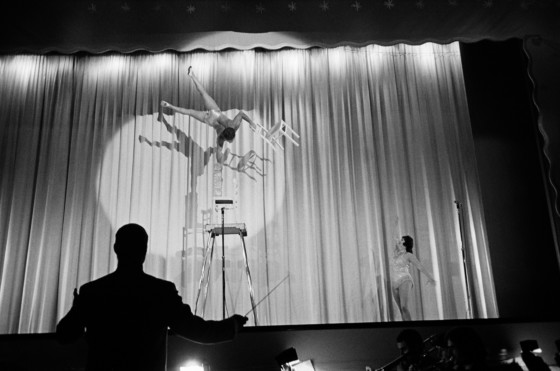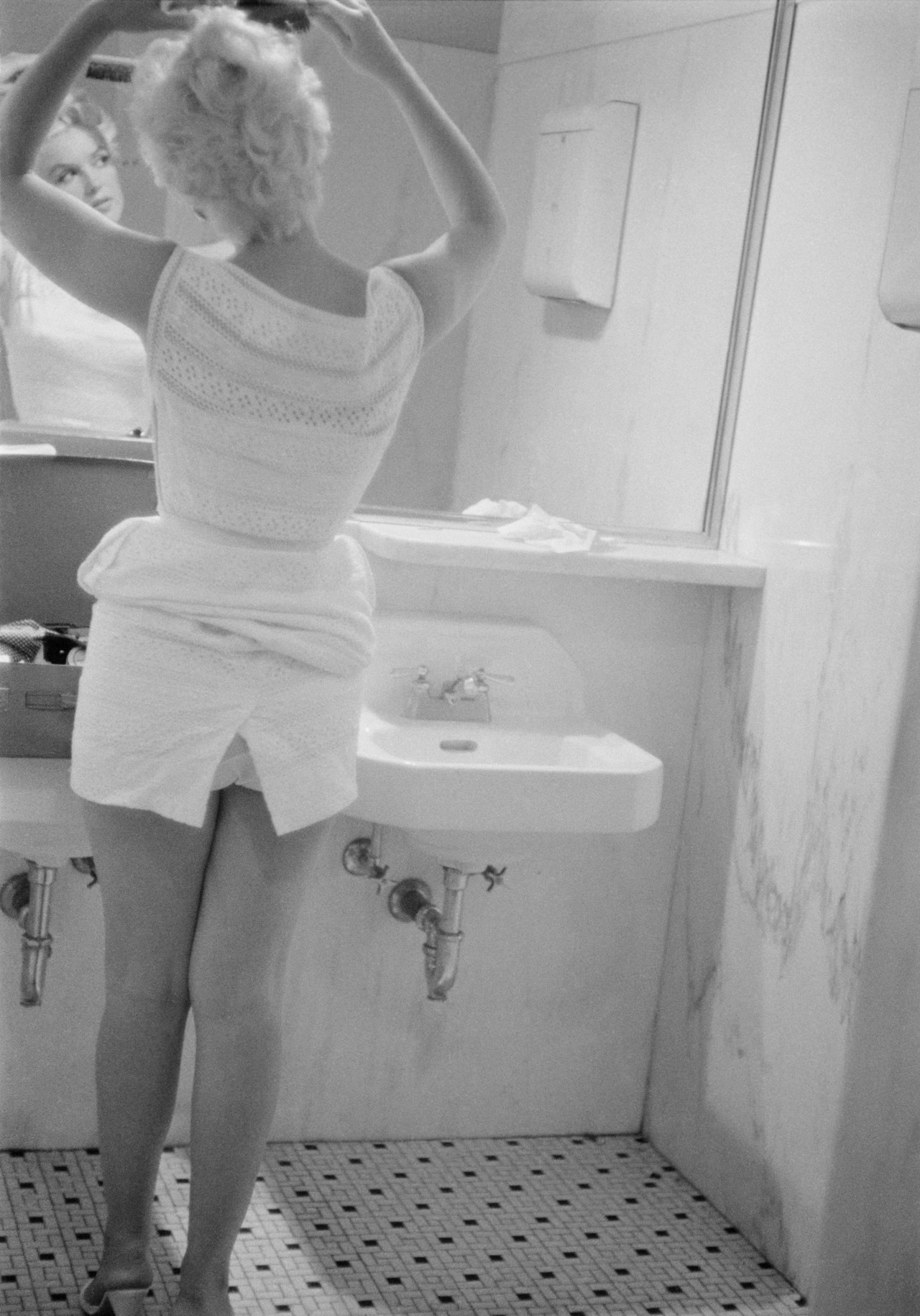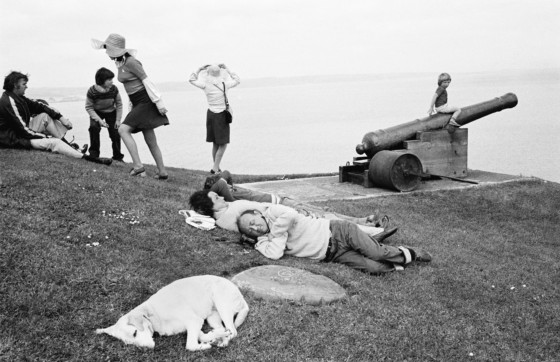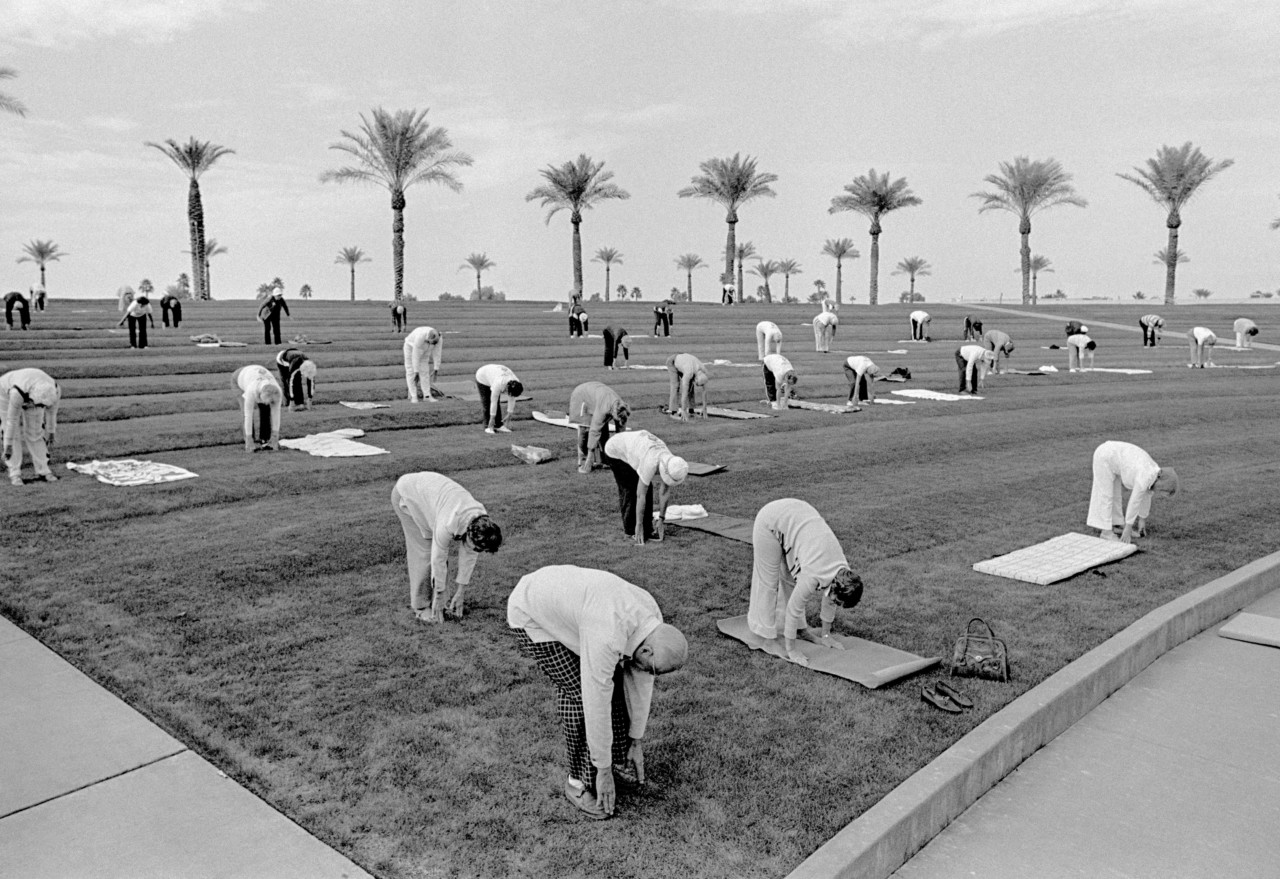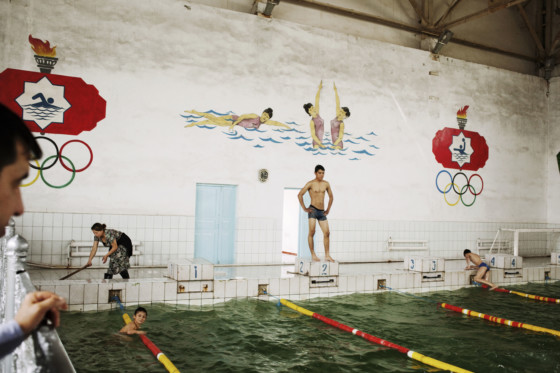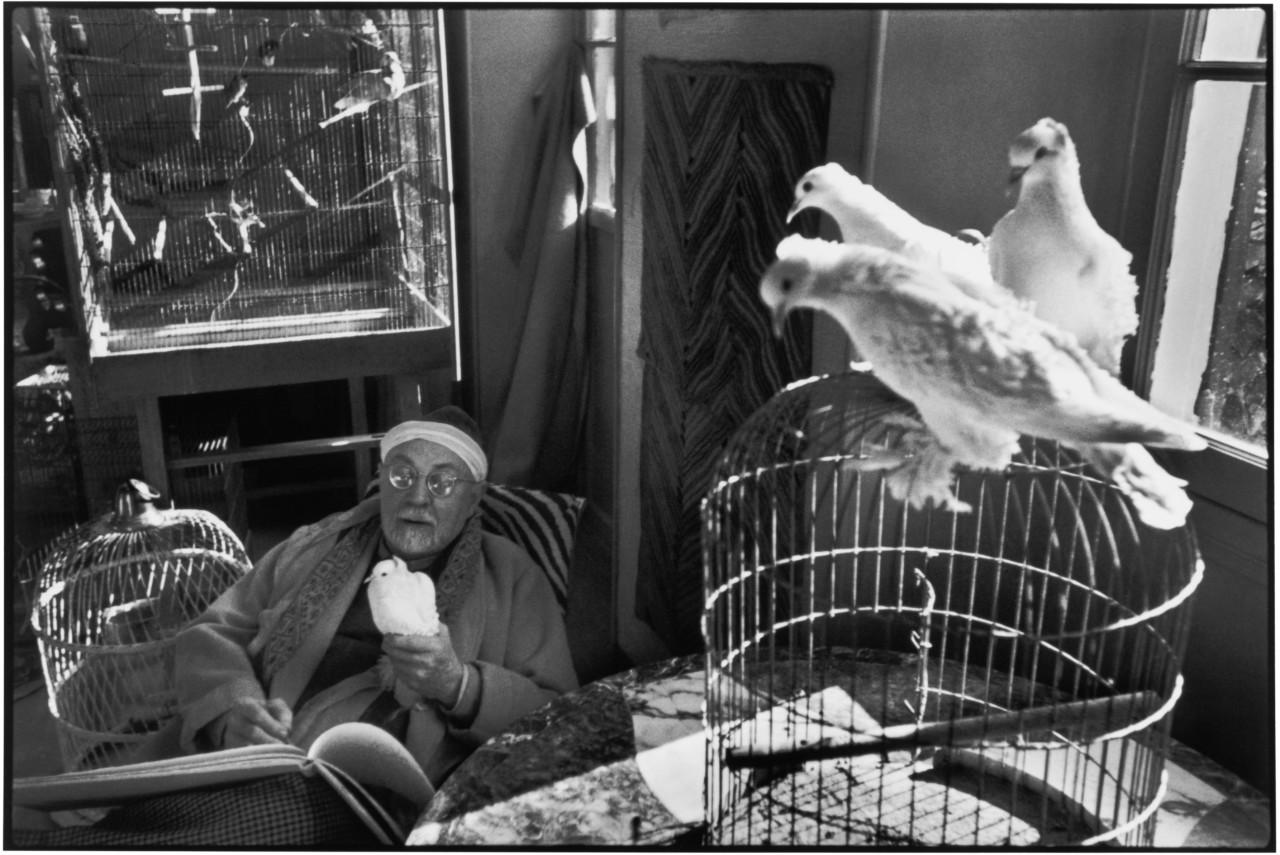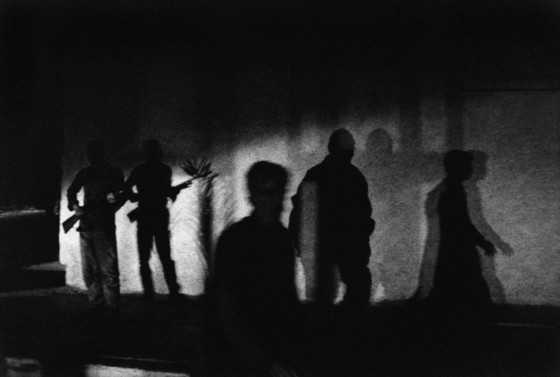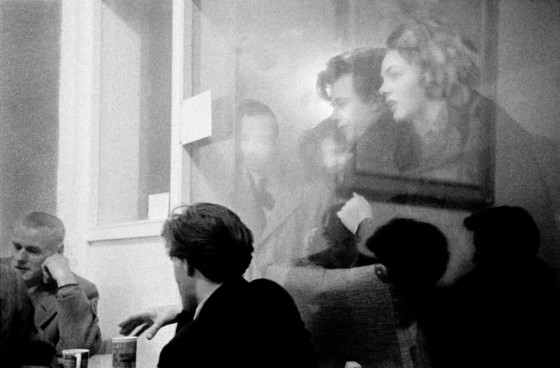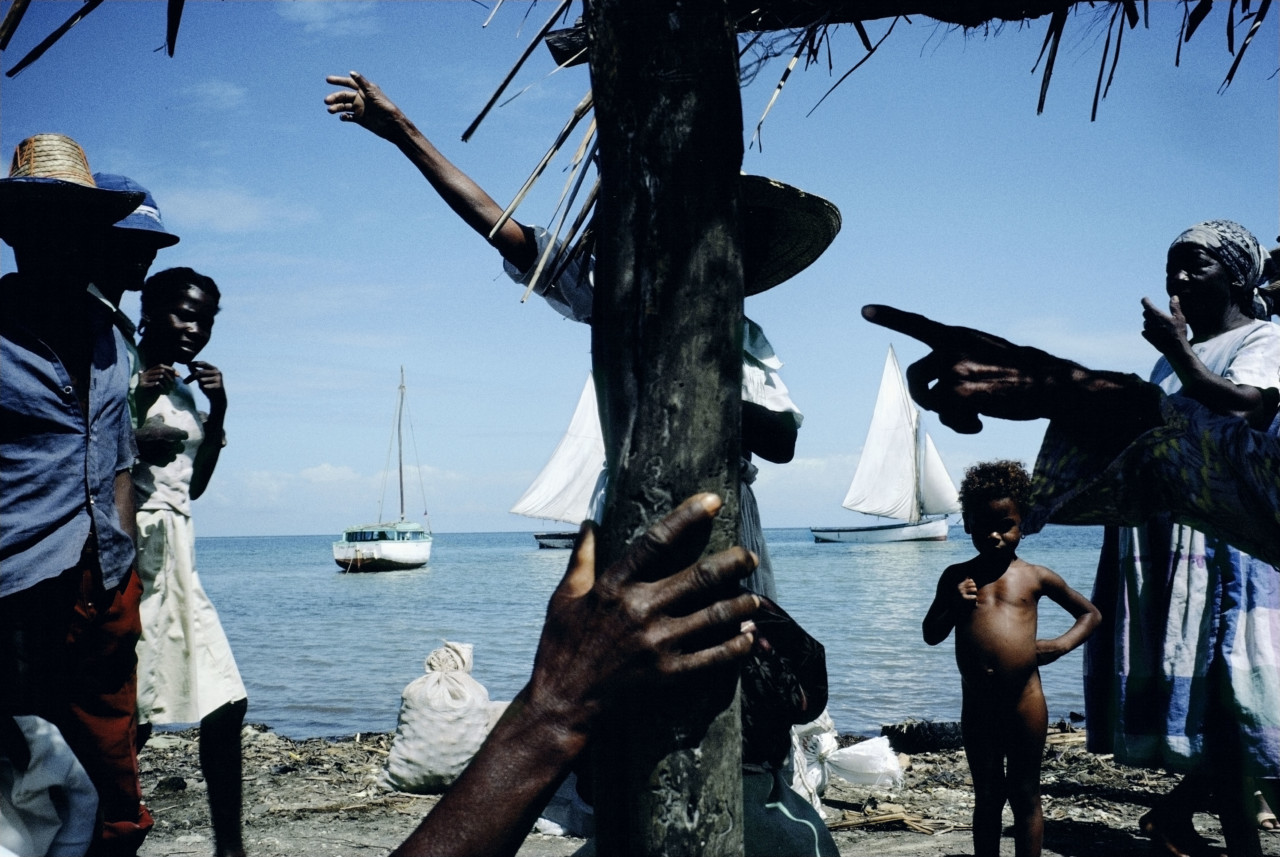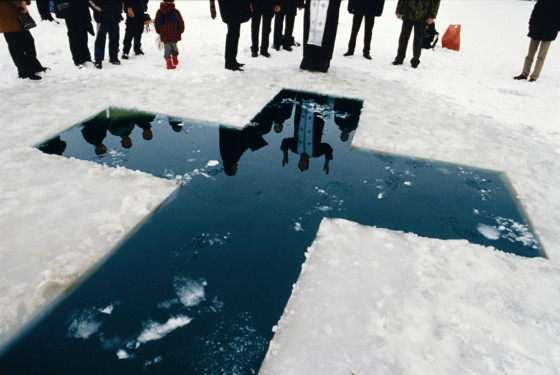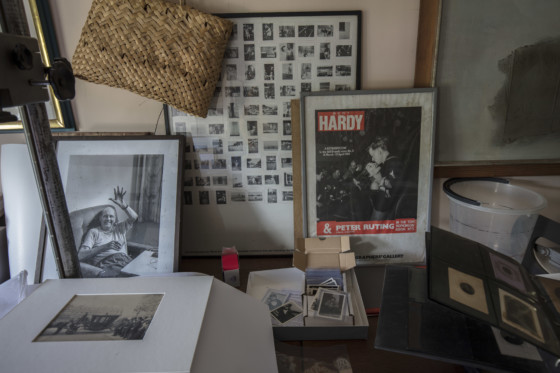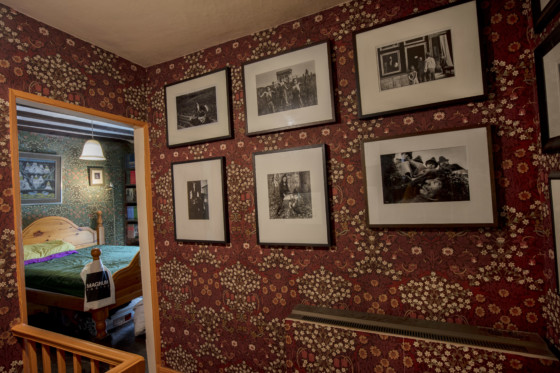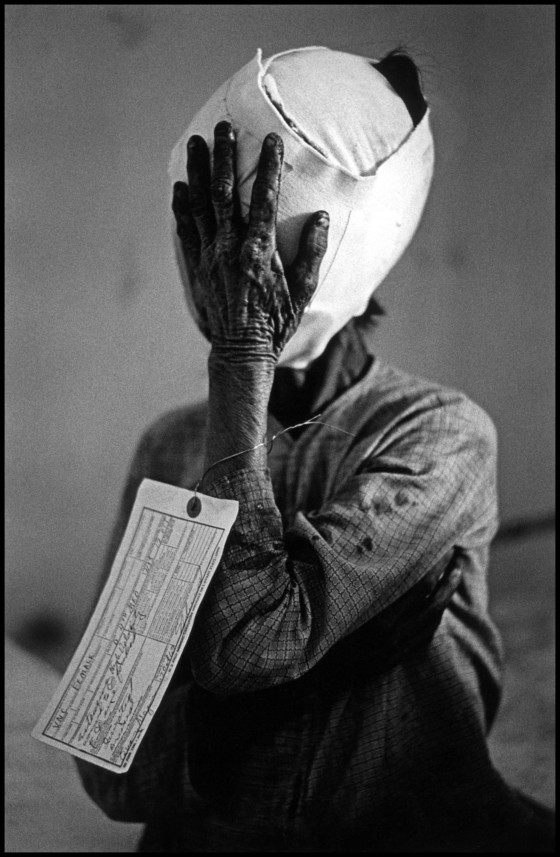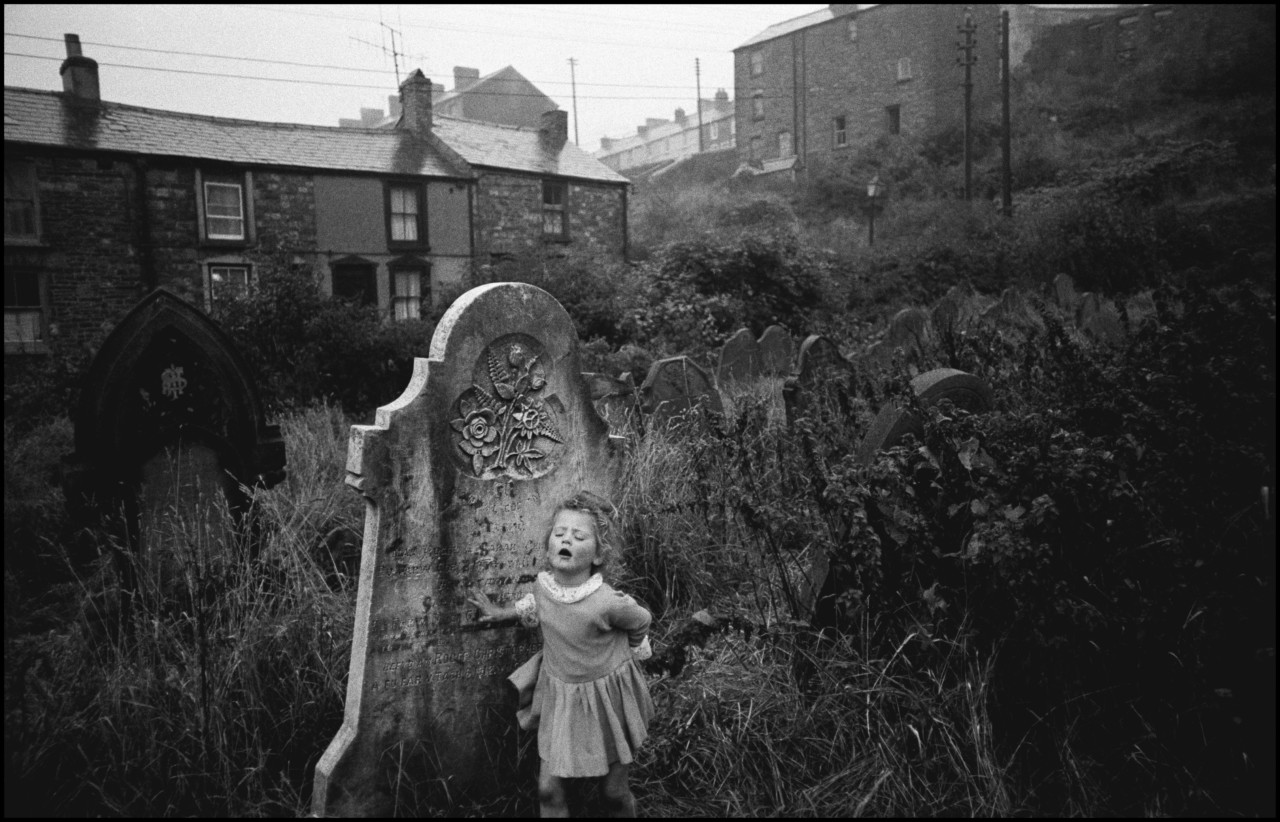The impulse to hold and to collect: a work of the imagination
Contrary to the financial innuendoes that often accompany the descriptions of noteworthy art collections, the impulse to collect is rooted in matters other than pecuniary. Indeed, when Hurn began his collection, photographic prints had no monetary value whatsoever. In the early Sixties there were no photography galleries (the first gallery devoted entirely to photographic works, the Photographers’ Gallery, opened its doors in 1971), and, as Hurn explains, photographs only had a value if they were printed in a magazine. The print as an object was a useful tool for photographers to share their work, but not a currency.
Hurn almost reverentially describes the experience of looking at a print as wholly other to looking at an image in the context of a magazine or a photobook: the romance of the printed photograph as object is one that creates a metaphorical relationship between the photographer and the viewer.
He expands: “When you handle a print that you know the photographer has actually handled and the photographer has deliberately chosen because it’s an important picture, it’s amazing how you can almost read them into the picture. It’s amazing that you cannot notread them into the picture. The handling of a picture you really love is very different from any other viewing of that picture.” For Hurn, the experience of holding and owning a print is a work of the imagination, and collecting photography is a wholly romantic endeavour.
“If I don’t collect it, no one will,” says Martin Parr, of a personal history of collecting, which began with fossils and bird pellets displayed in his first ‘museum’ in the cellar of his childhood home in Chessington, followed by stamps and coins, and of course, now, famously, postcards, photobooks and prints. For Parr, collecting is “a way of making sense of the world… a part of my DNA, whether I like it or not.”
Beyond prints, both have an affinity for the saving the ephemeral, in particular postcards. Hurn owns the world’s largest collection of postcards containing images of cameras. “Sometimes they are very obscure,” he says. “You’d see a picture of a crowd somewhere, but if somebody in there has a camera, I can collect that postcard. I have about fifteen hundred of them.”
Parr’s eye for the quirky and interesting is complemented by an “obsession with photographs” and a desire to support British photography, especially the work of those photographers he thinks are underrated: “when I began to have extra income I was able to support them indirectly by buying their work,” he says.










